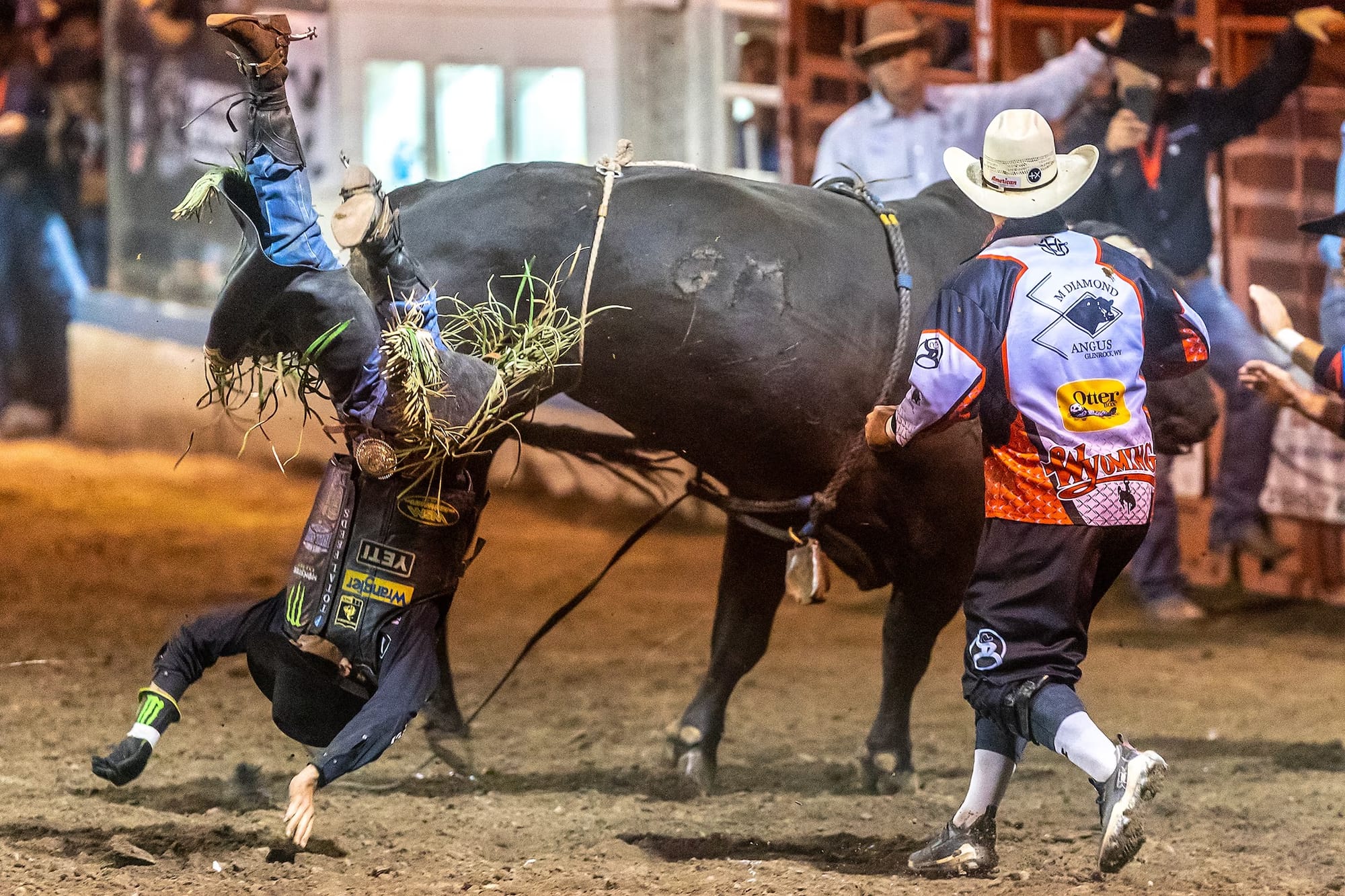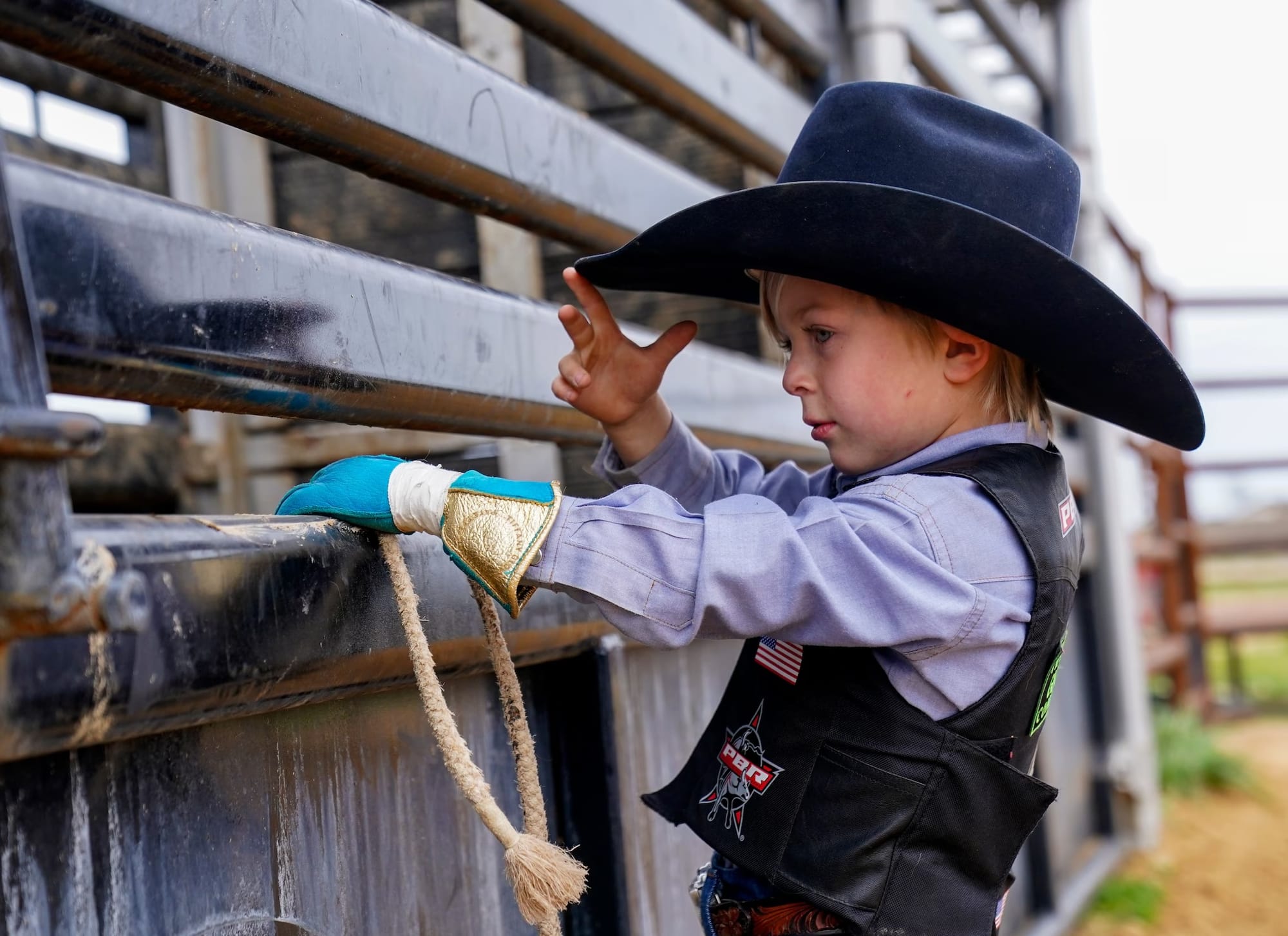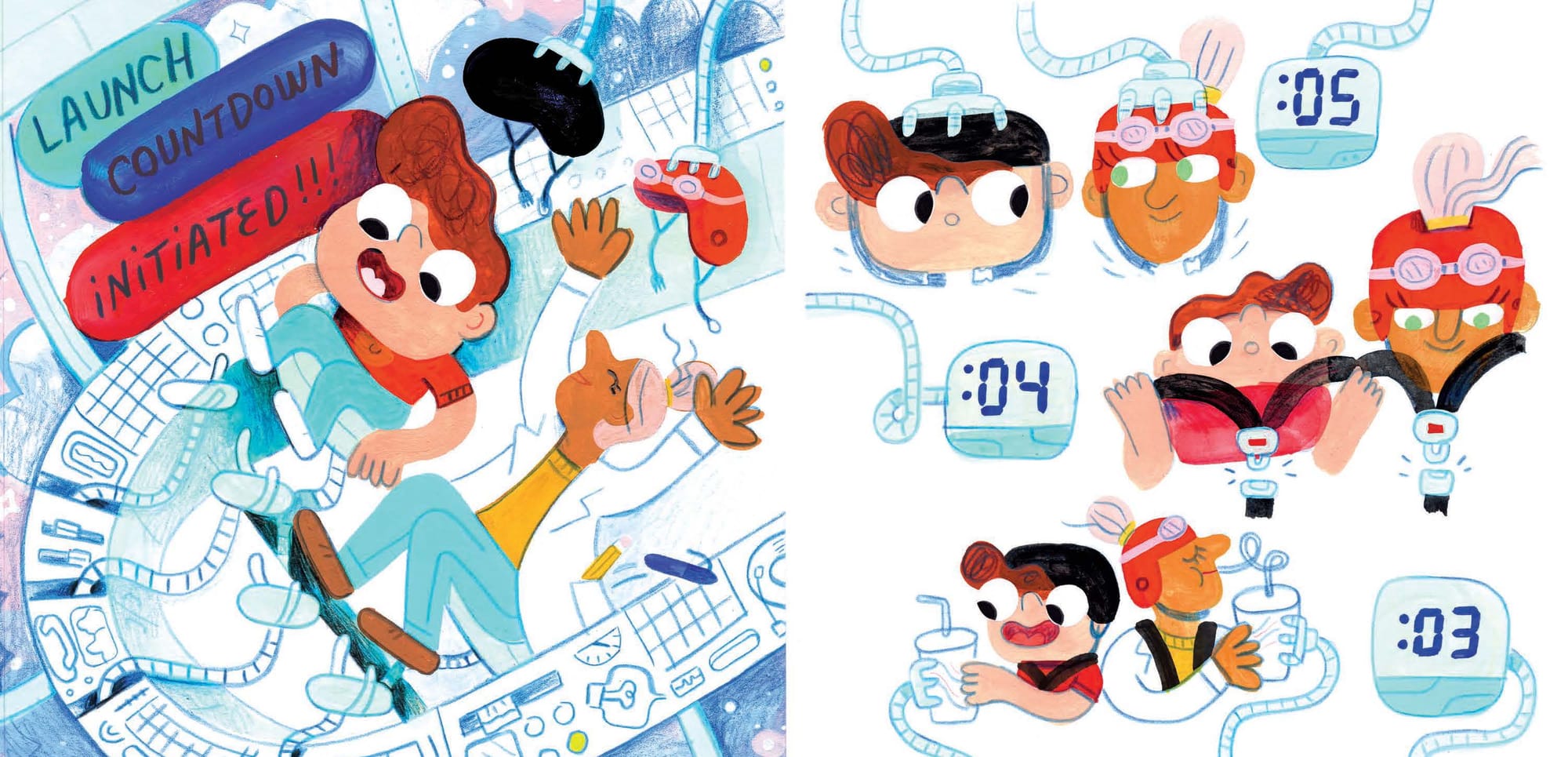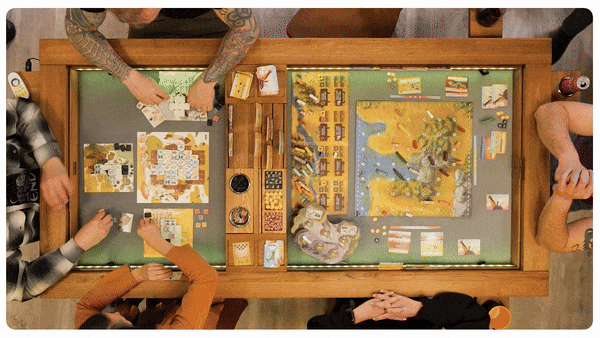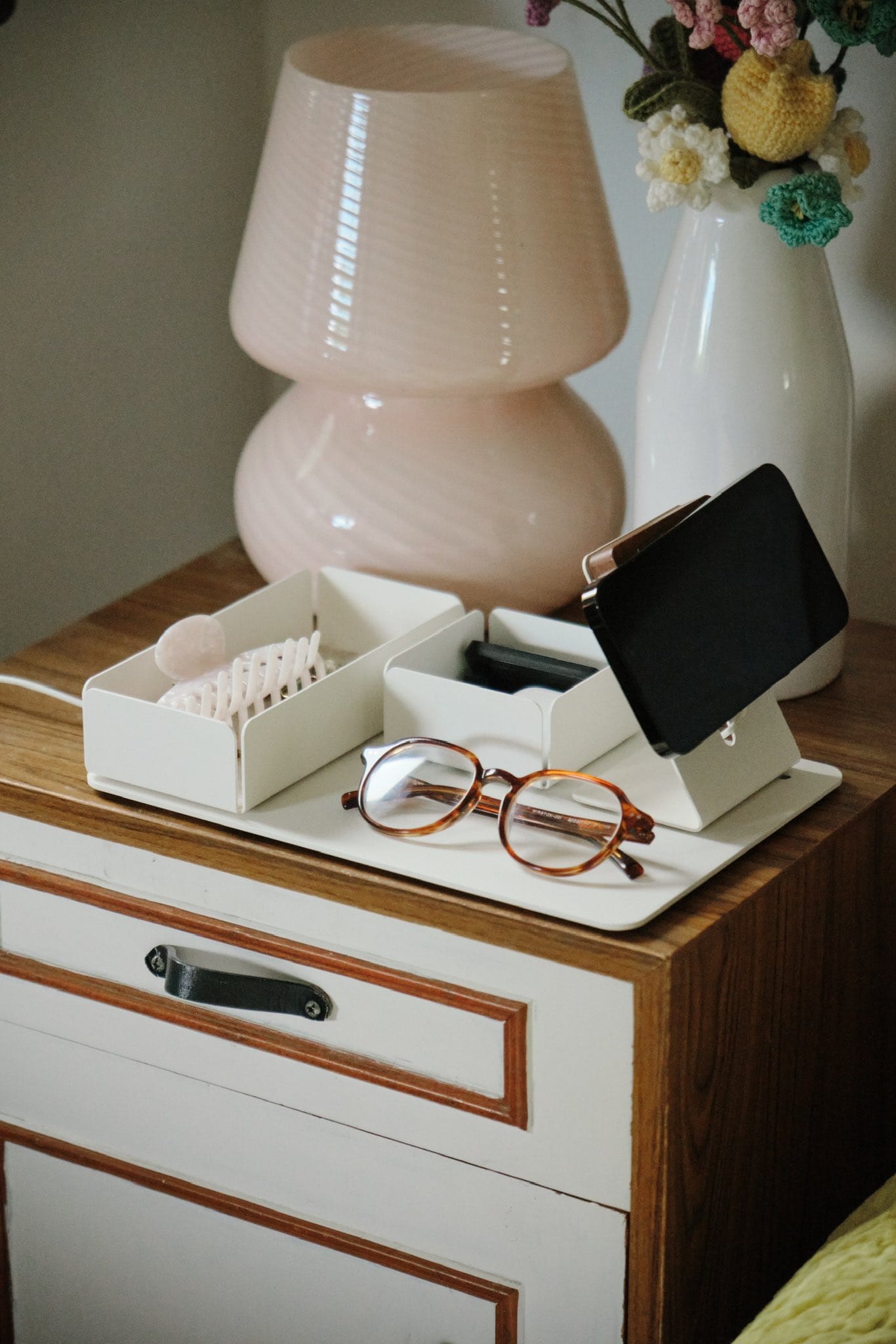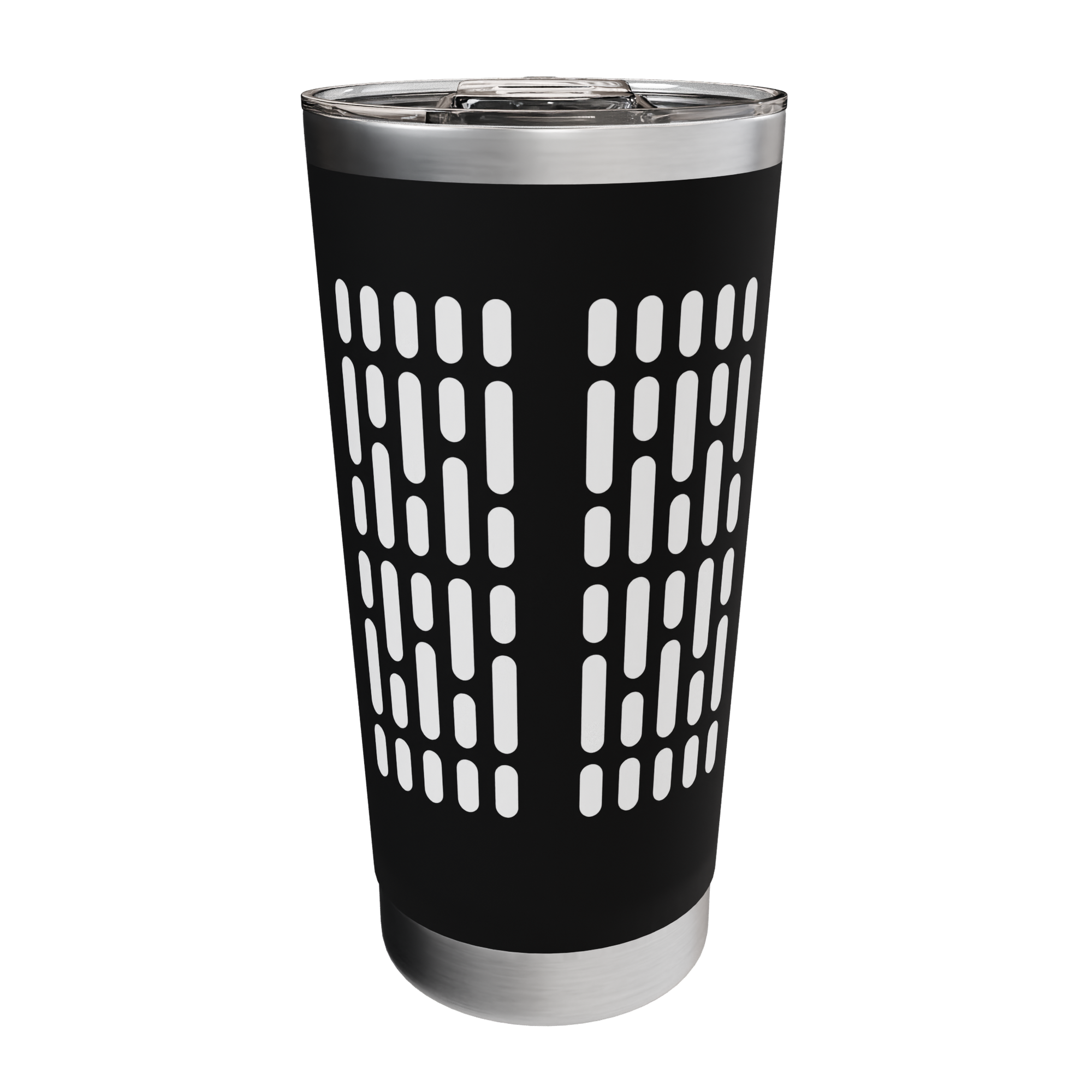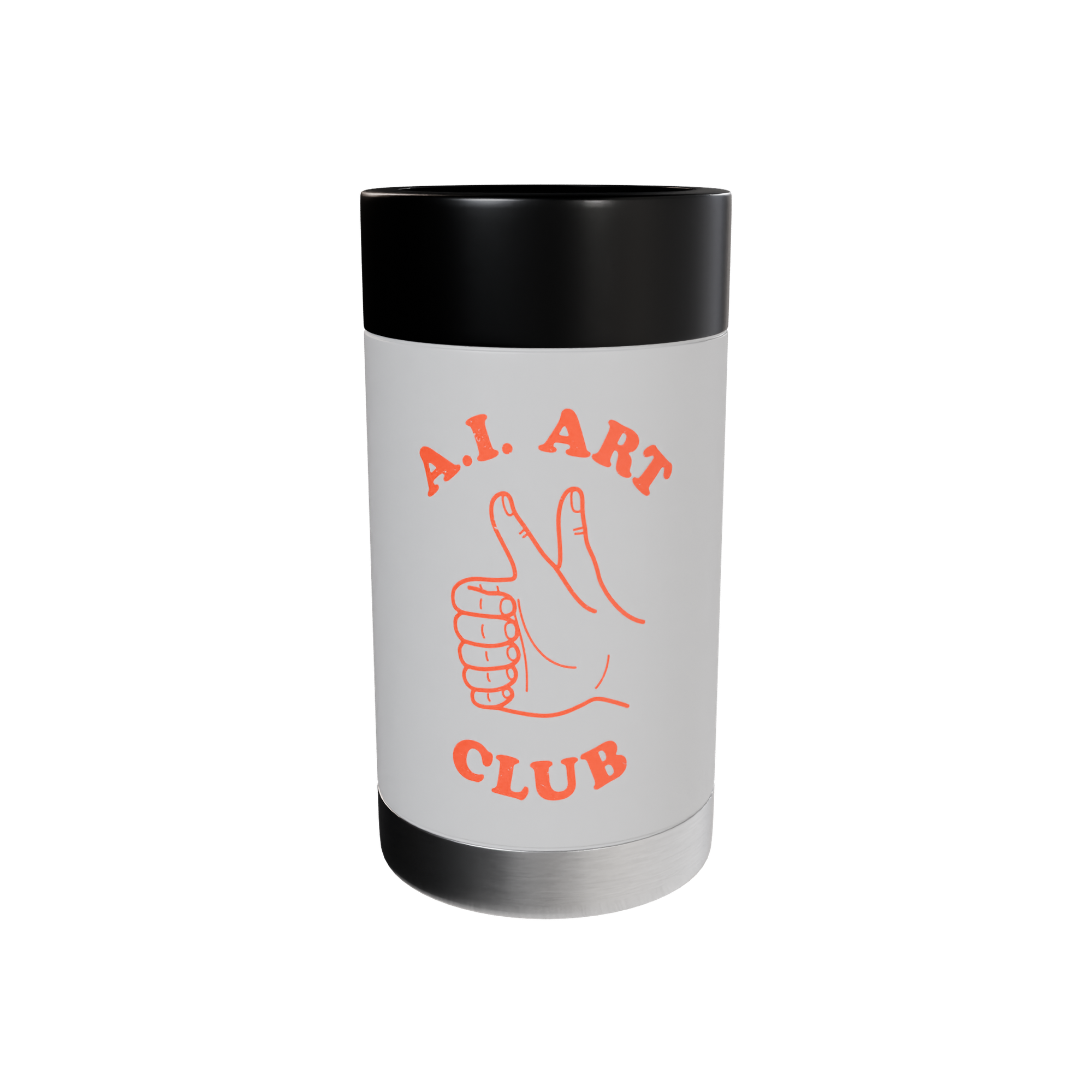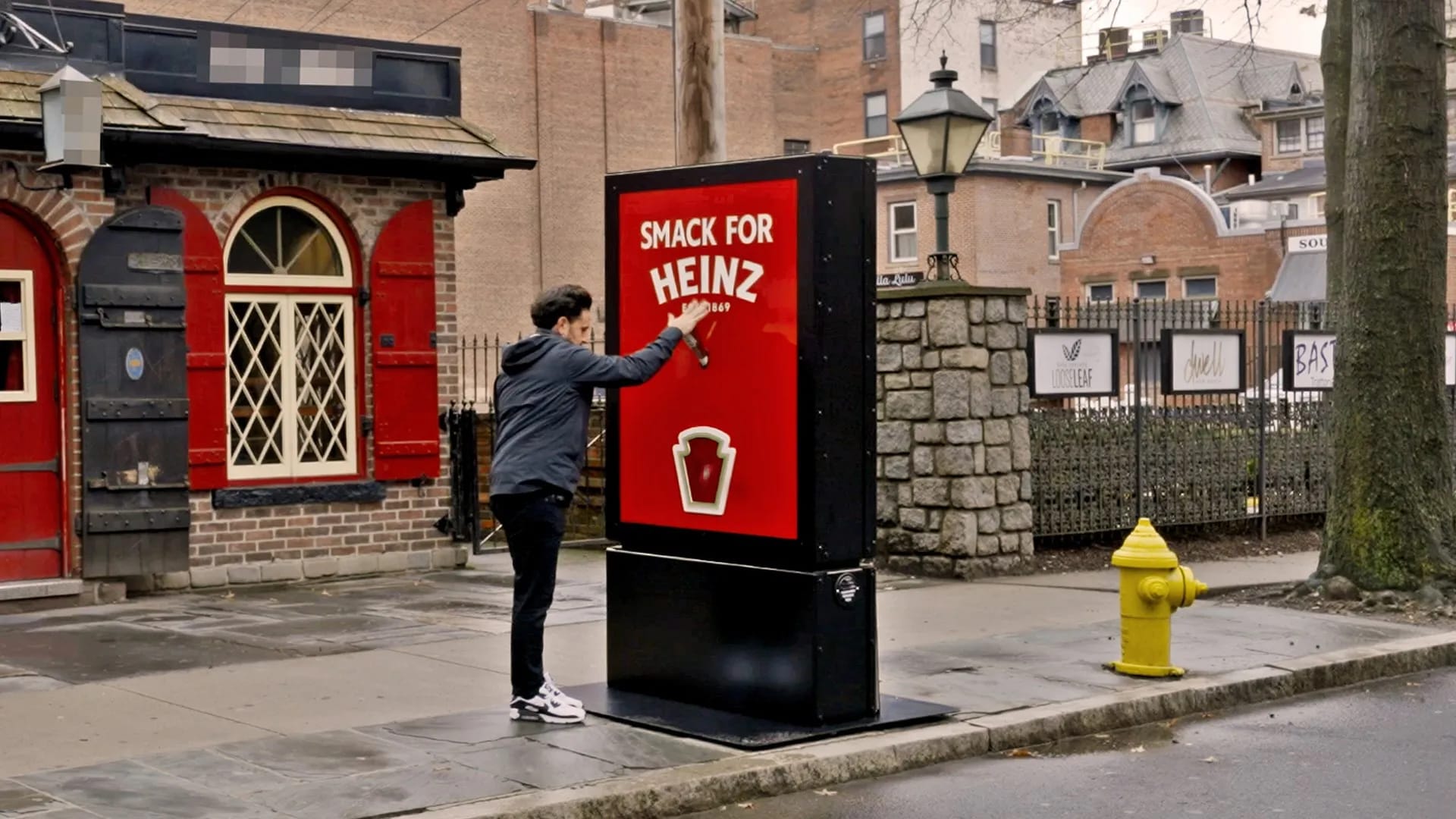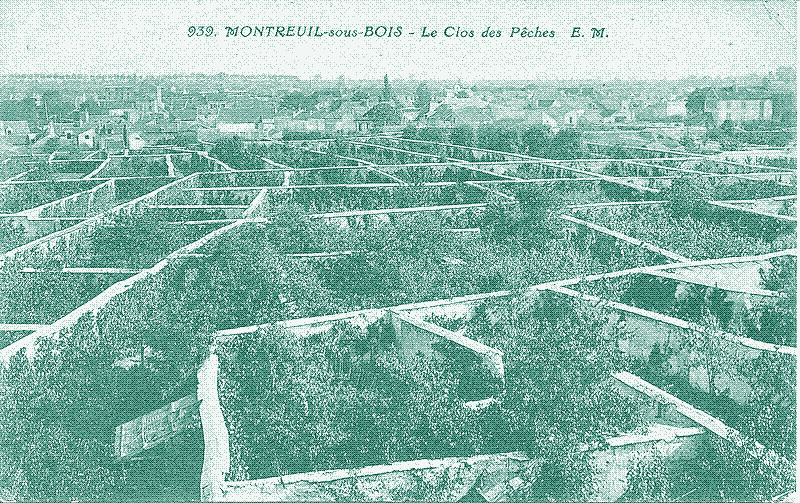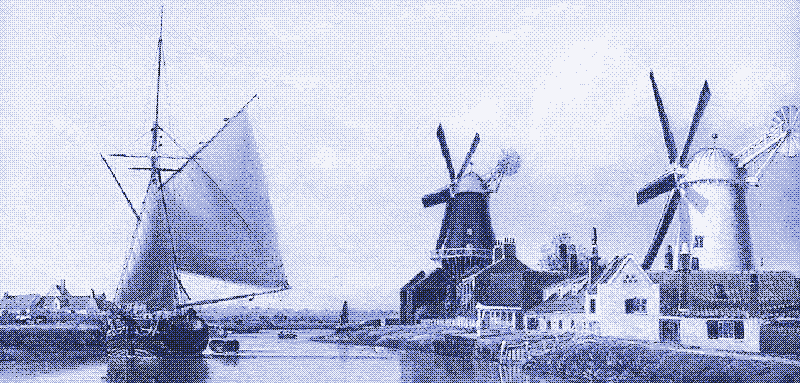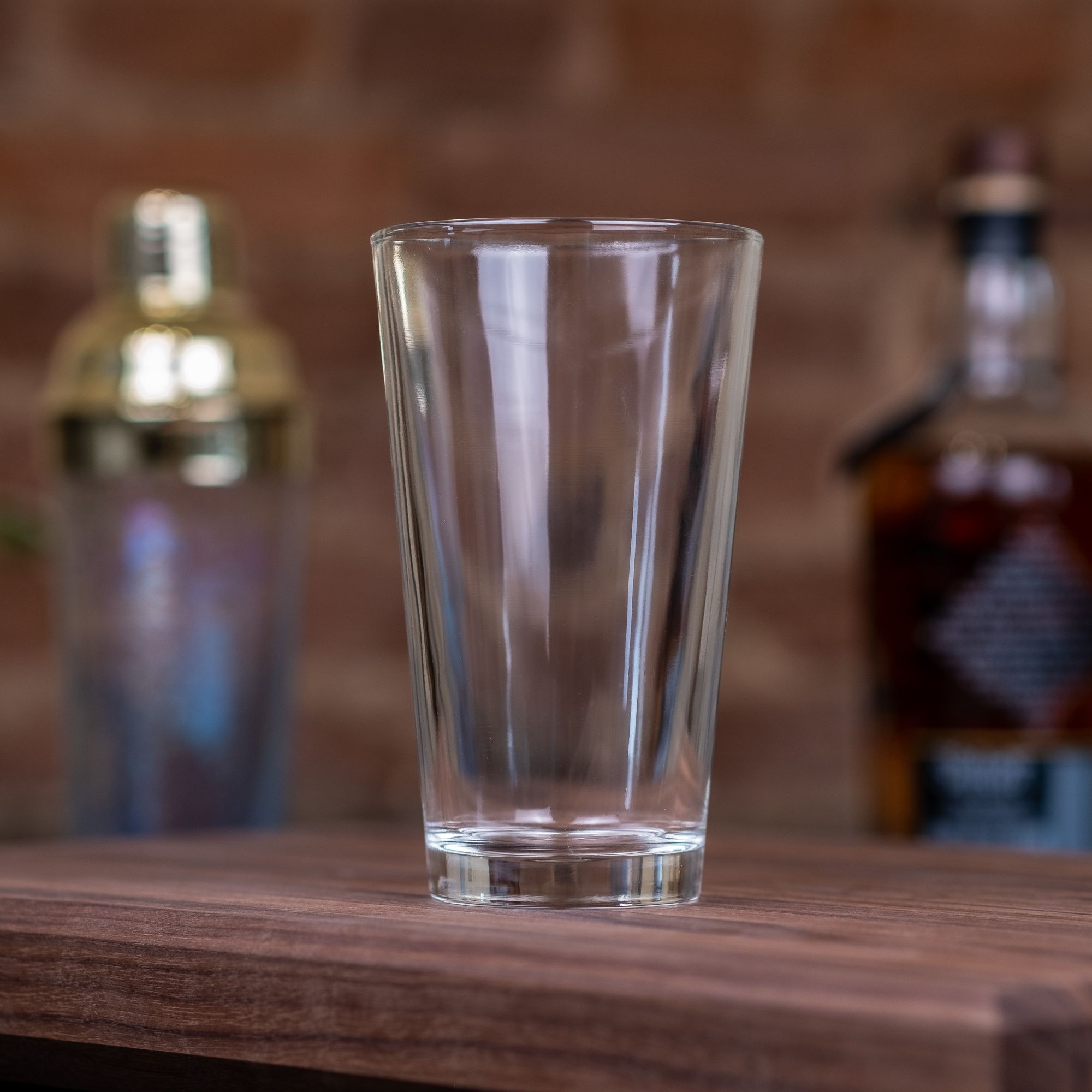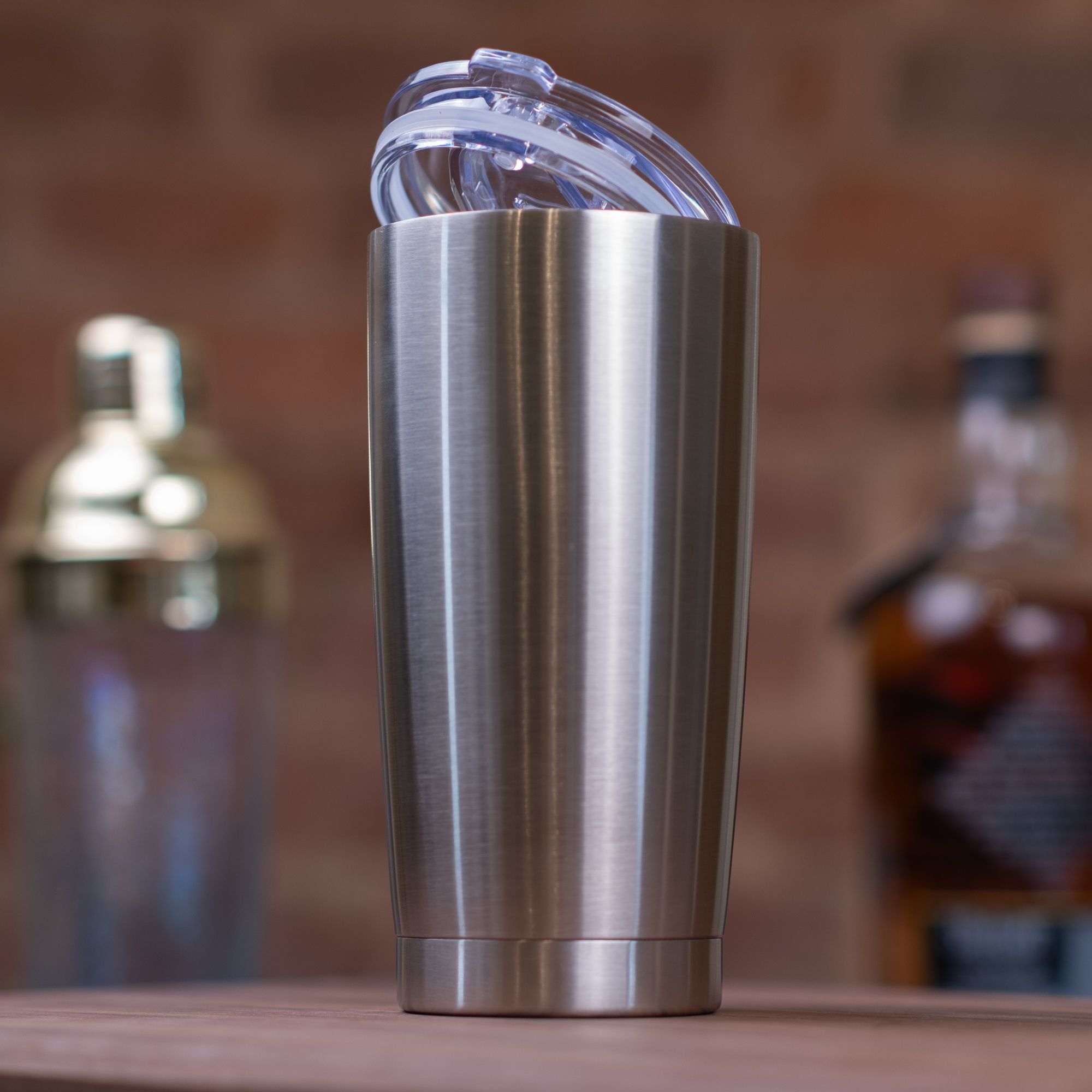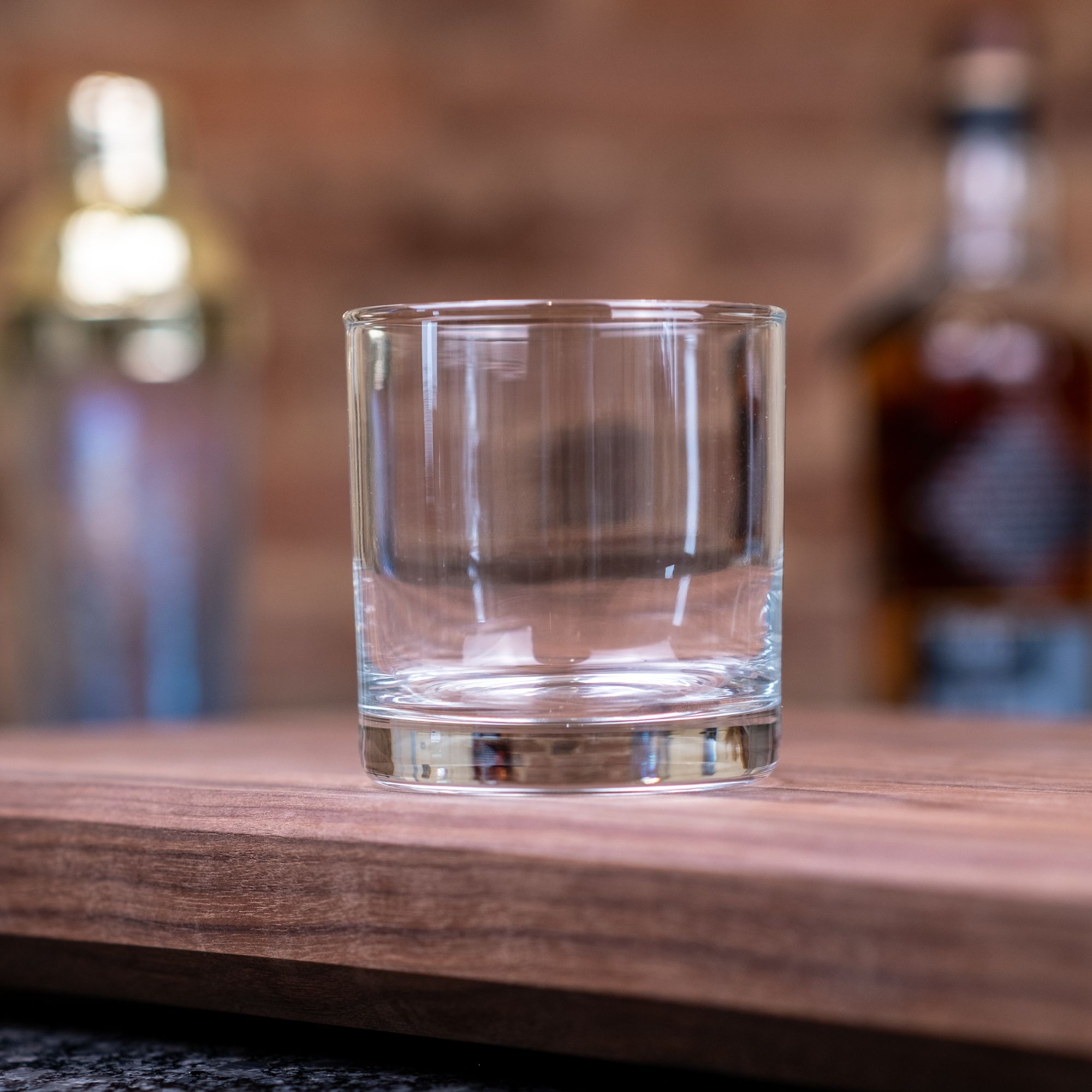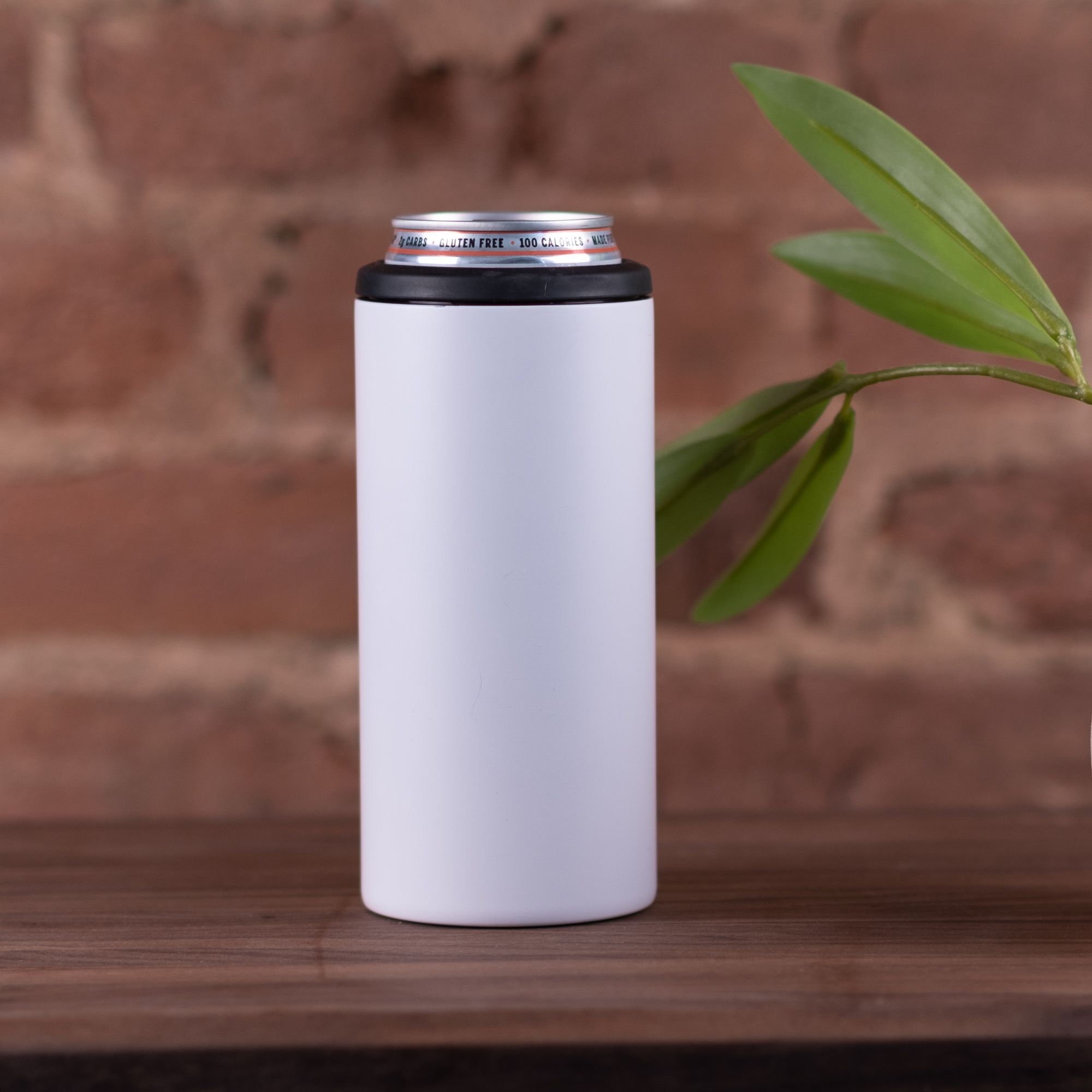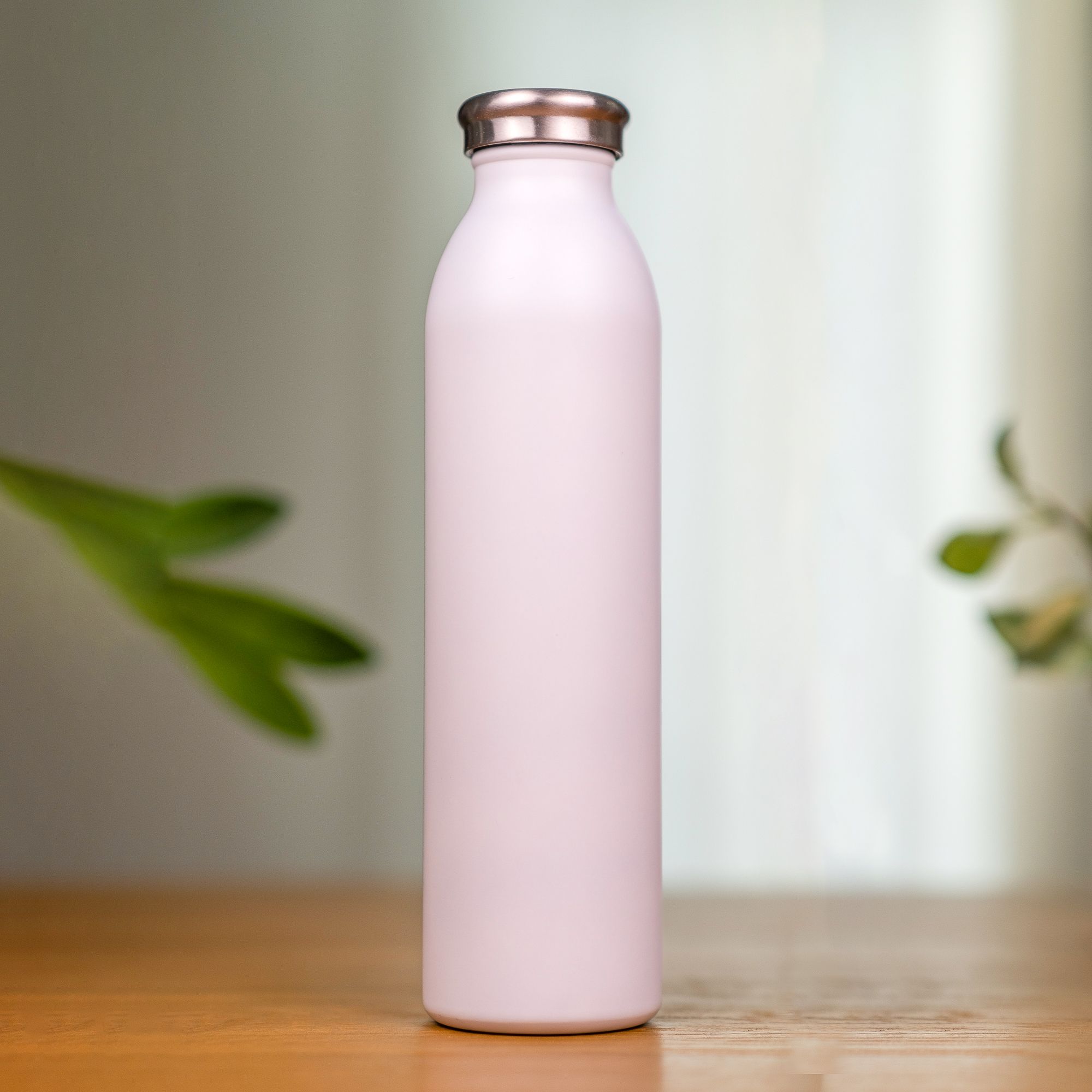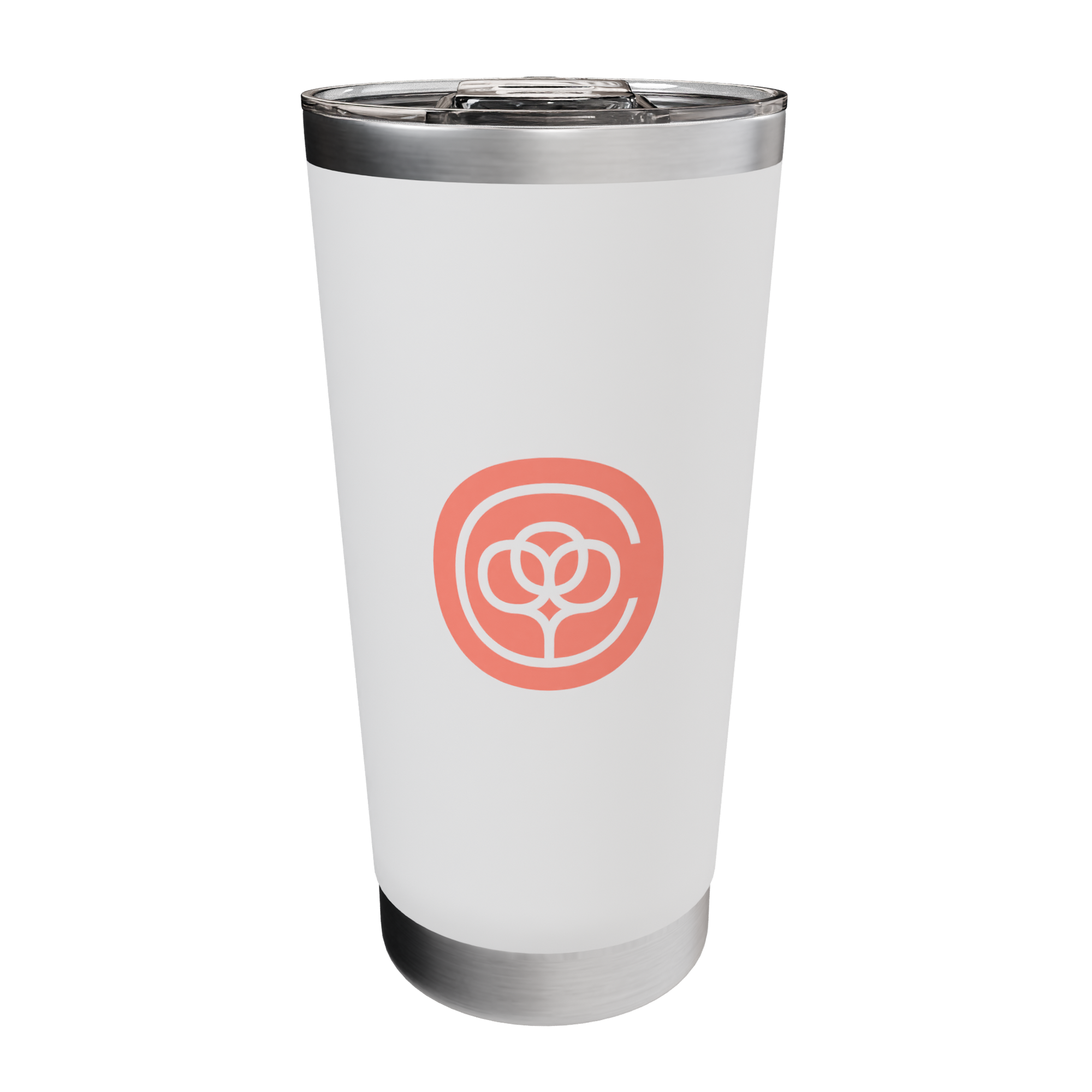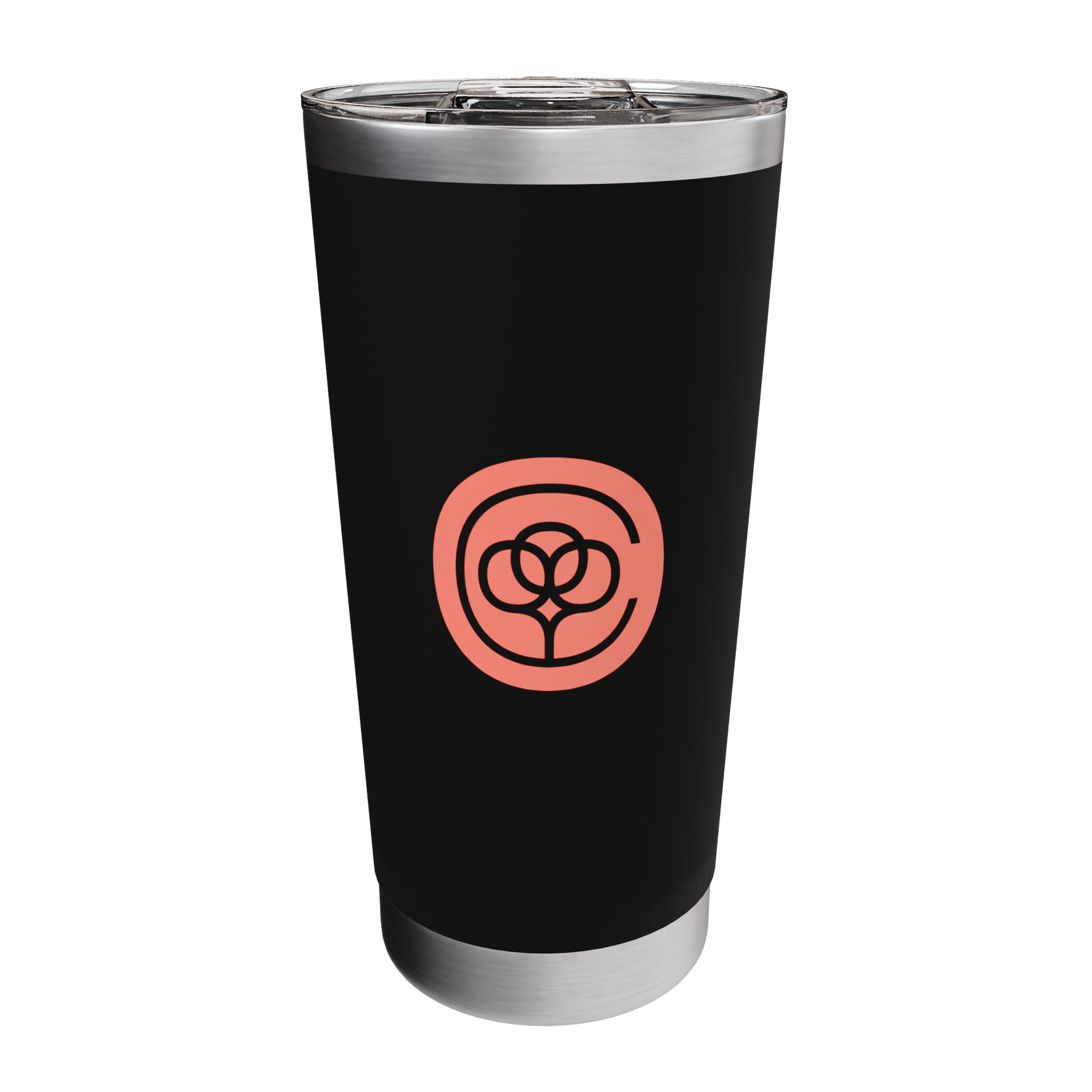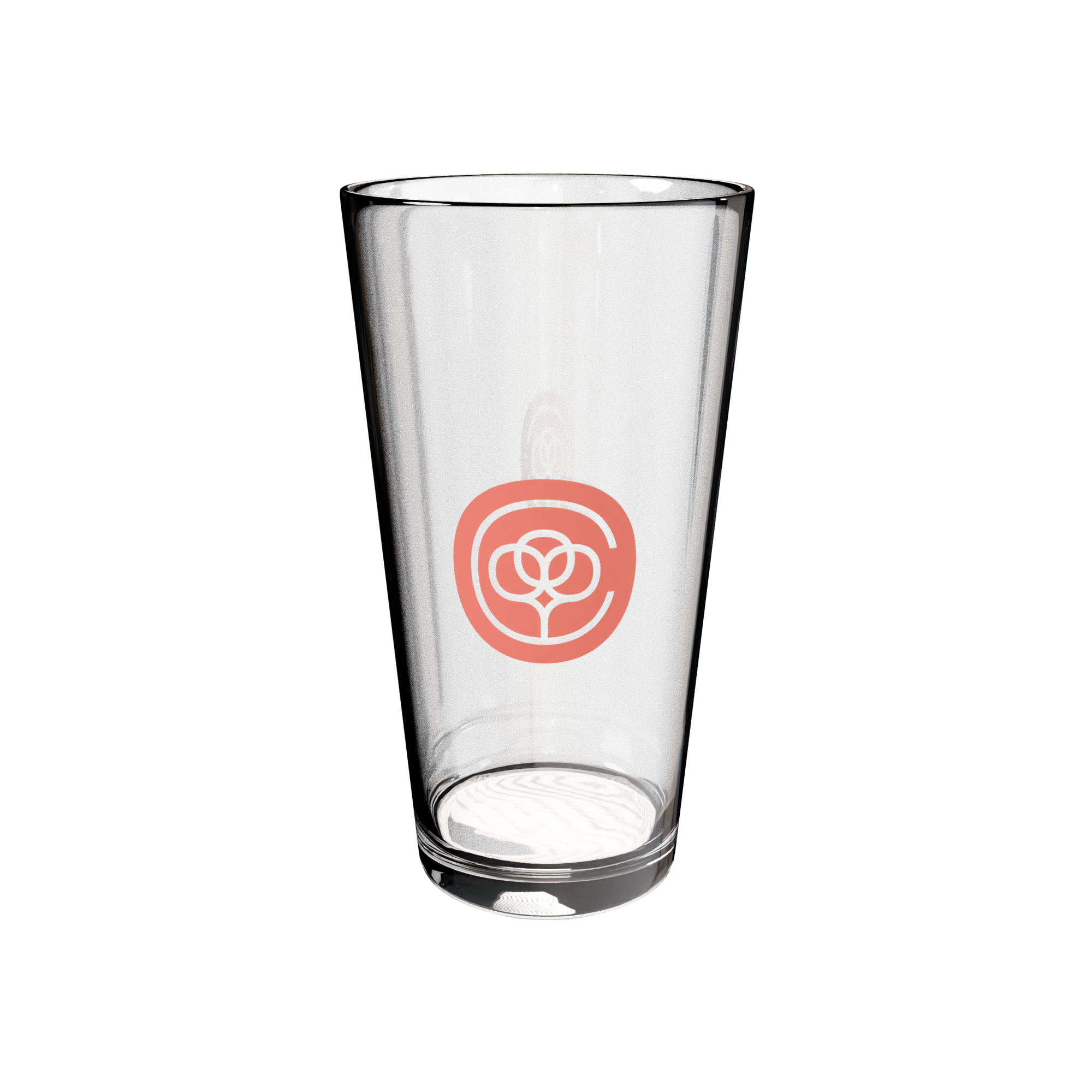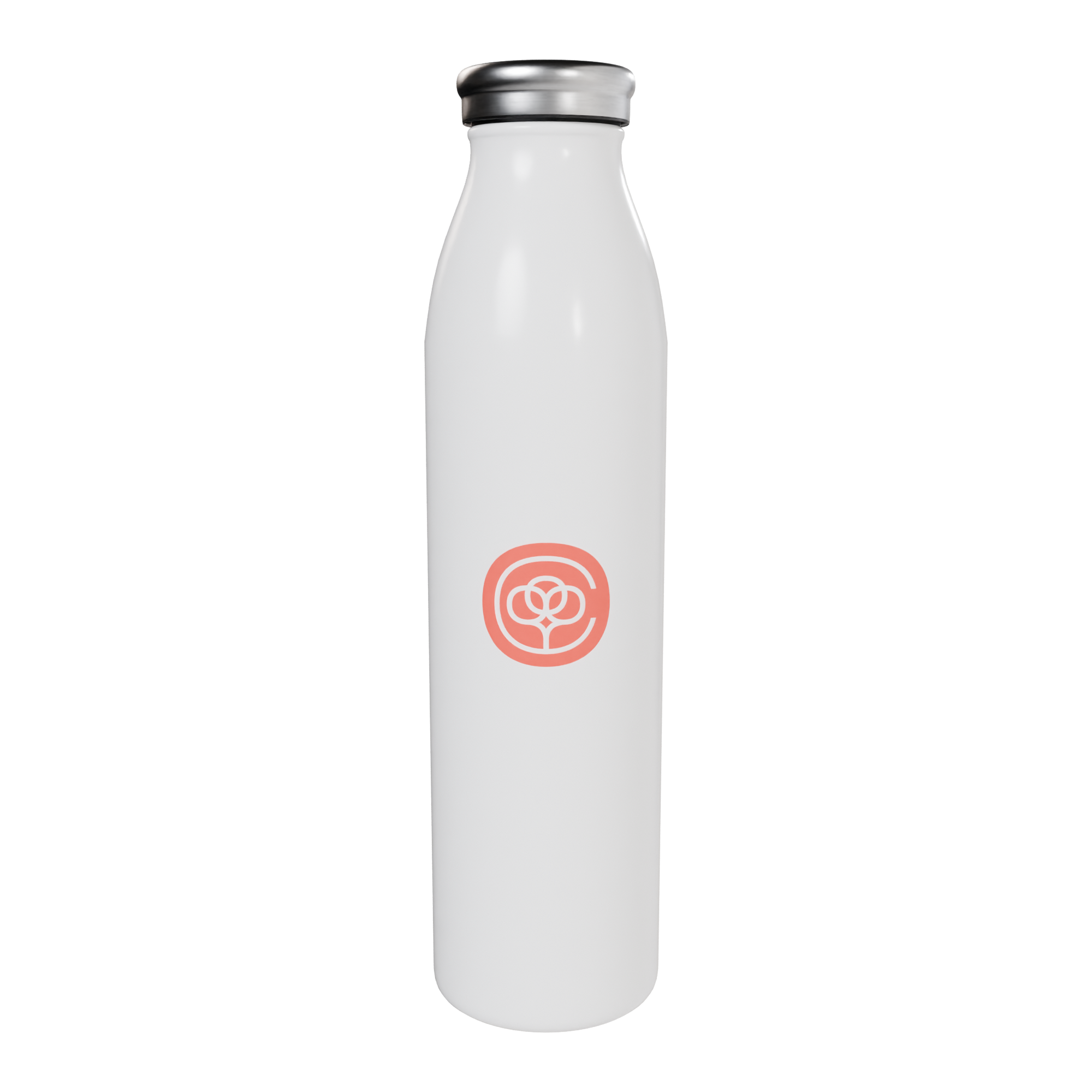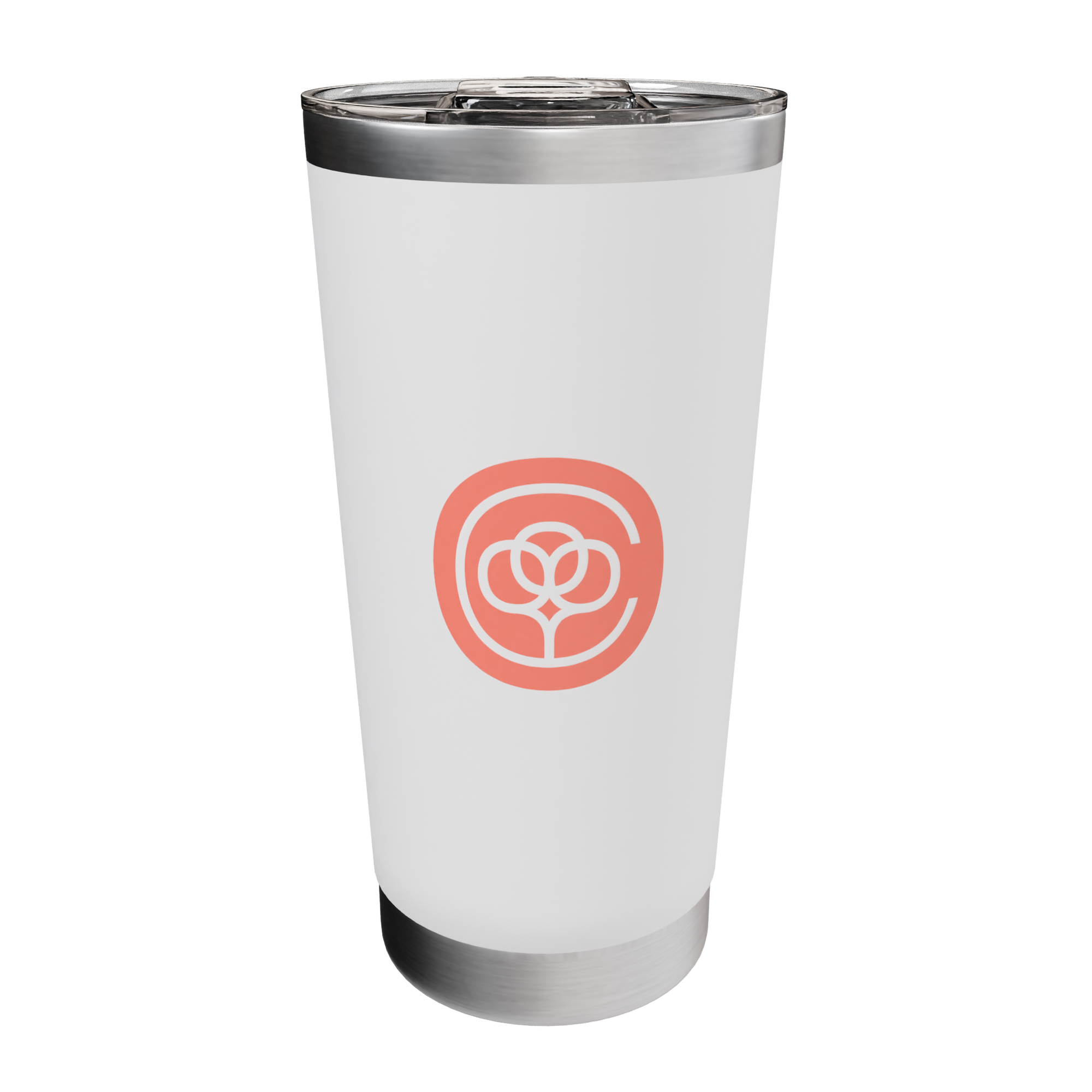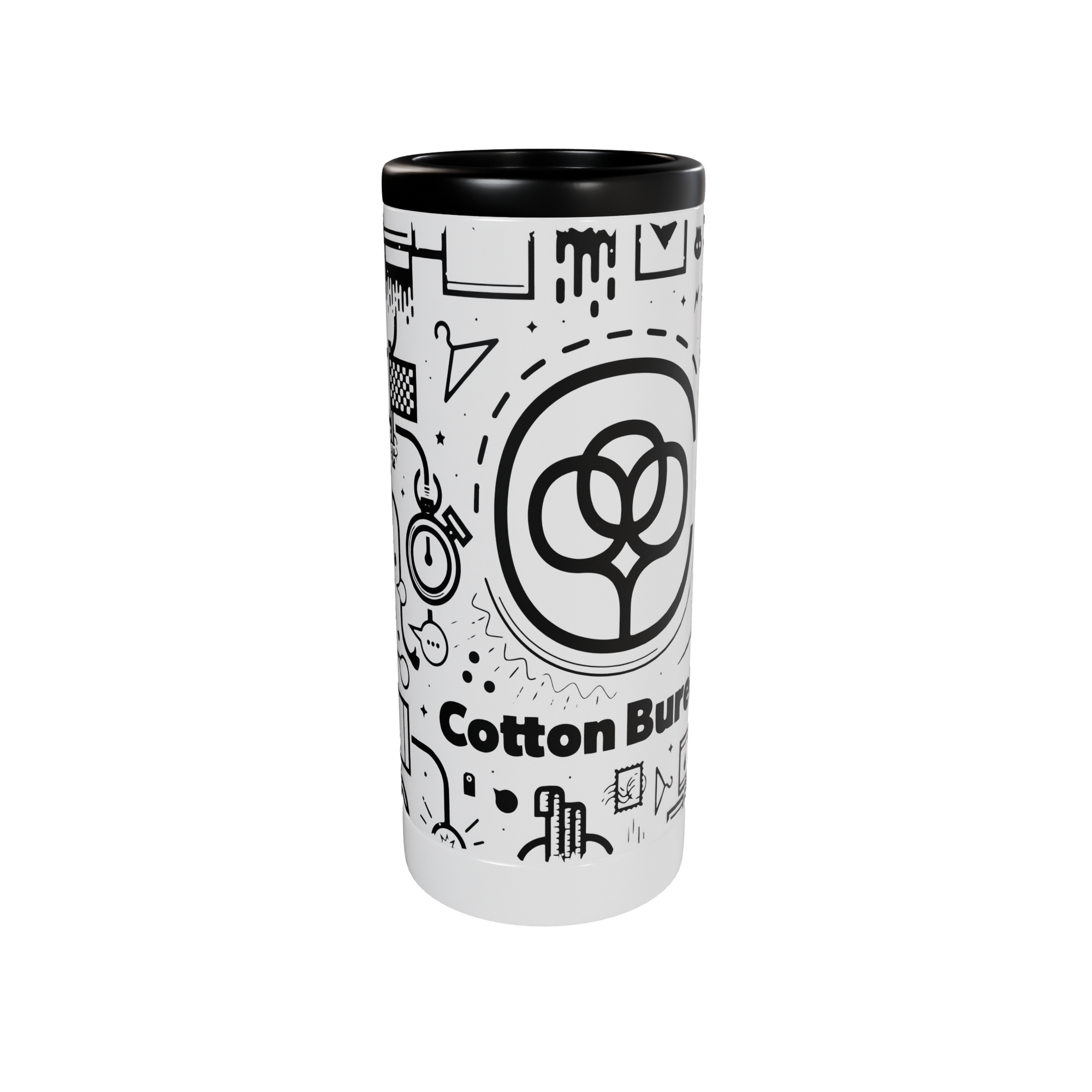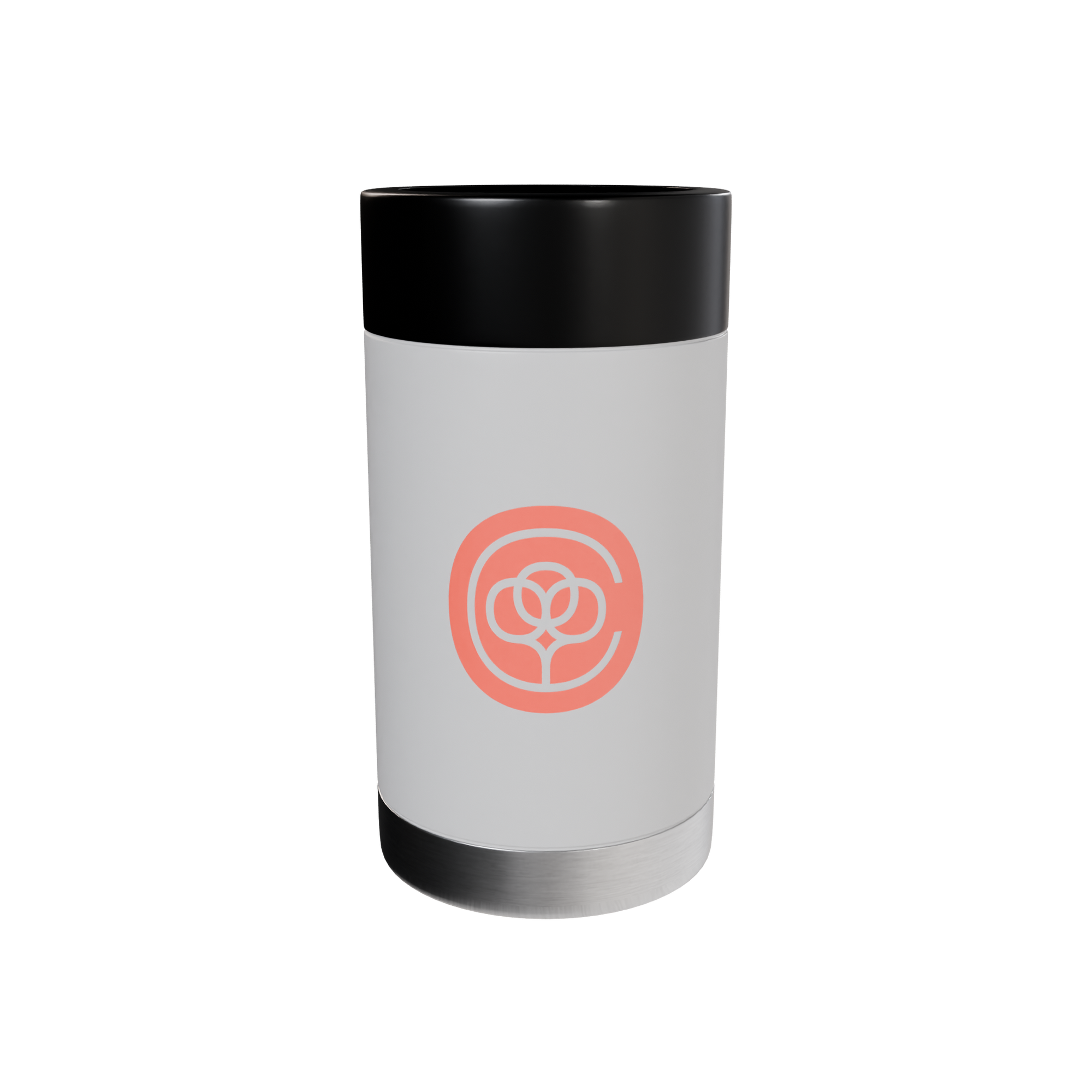Feature Friday #016 — Ben Stafford

Collage master, CB alum, and new high school teacher Ben Stafford joins the program this week. His second stint in the interview chair explores how the younger generation uses AI, where his inspiration comes from, and what *hasn't* changed in the past 10 years. You find more of his awesome work over at benillustrated.com. Or you can shop his Cotton Bureau collection here.
Ben! So good to talk to you again. It's been almost a decade since we last sat down. Tell me, are you still in Columbus? Do you and your wife still work together? Are you still a fan of cheesecake (most important of the 3)? What's been going on over the past decade?
I can't believe it's been that long! I feel like the only thing that hasn't changed is my haircut. Some life-changing events happened in the past ten years and some of those things I could have never predicted.
My spunky daughter was born in 2013. In 2014, I began focusing a lot of my time and energy into editorial illustration. Our family moved to a great small town about an hour away from Columbus in 2015. In 2020, I decided to pursue my Master's in Education so I could teach art. While pursuing that degree, I had the privilege of being an adjunct professor at The Modern College of Design.
During the pandemic, I dove head first into making analog collages out of magazines I had available. It was addicting. What started out as a therapeutic way to express myself turned into making collages for clients and giving collage workshops. My whole website changed with that focus now in the forefront. I am now just about to finish up my first full year as an 6th-12th grade art teacher. It has been incredibly rewarding and I have zero regrets making the career change. My wife, Beth, and I will still conduct business together but most of my time is focused on school.
As for the cheesecake, as long as it's gluten-free, I'm in!
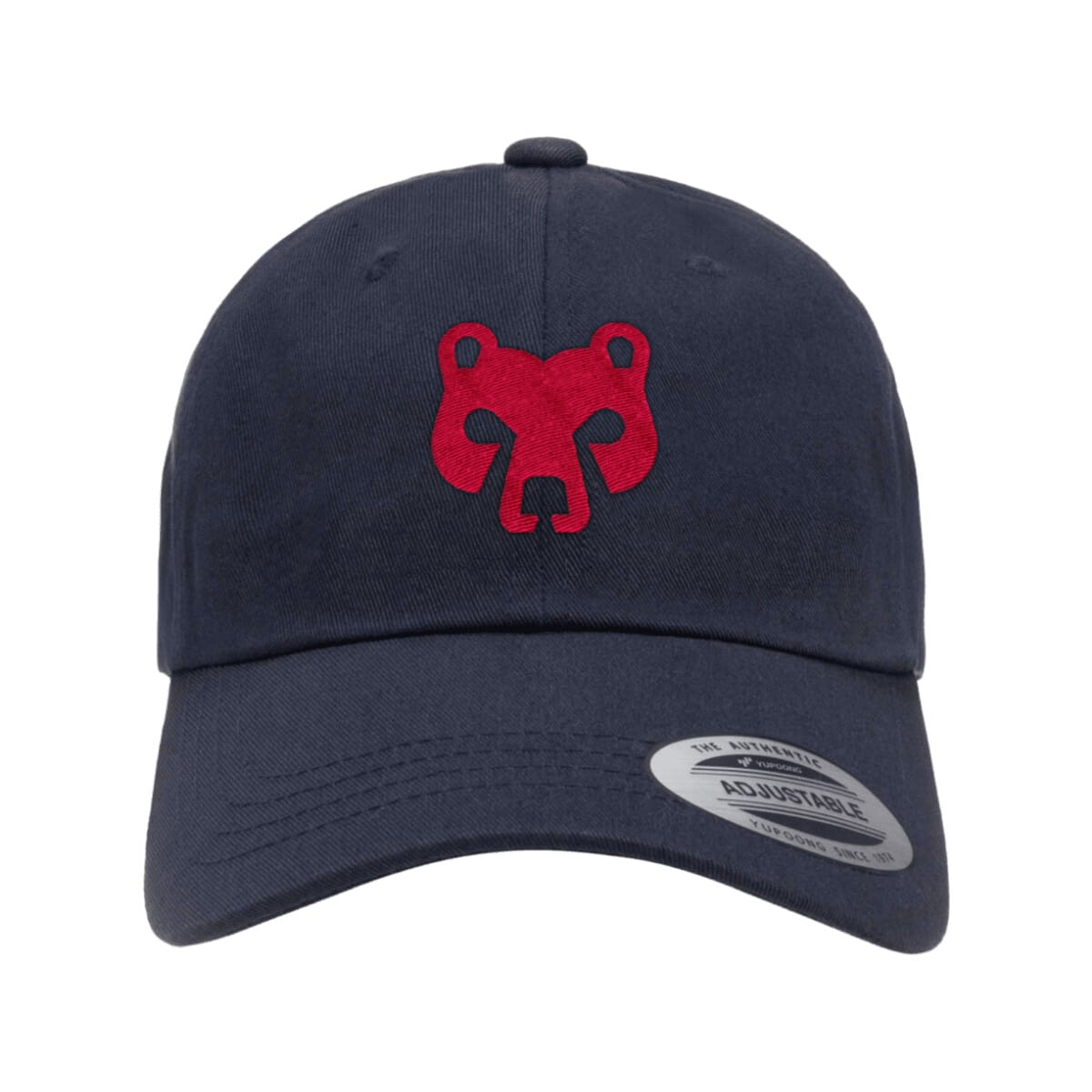
Holy smokes you're not kidding! That's top-down change, which I imagine was both nerve wracking and exciting. Seems like you picked the *ideal* time to reenter the education system haha. But honestly, now that we're a few years removed from the initial COVID wave I have to think that working with kids in a focus that you're passionate about is extremely rewarding.
What are some of the challenges you face in the classroom? With 6th-12th you get the whole gamut. Is it tough to keep them on track or is it encouraging to see them forming a love for art at such a young age?
I think my biggest challenge is realizing how green I really am. I have to give myself a lot of grace knowing that I'm a career changing adult and this is my first full year at doing something new. As a person, I try to be the best at whatever I'm doing so I set a high bar for myself. I have to realize that I'm not going to get everything right, I'm going to learn from my mistakes, and hopefully I'll get better at them the next opportunity I get.
As far as keeping them on track, some days are harder than others! I love to challenge and encourage my students to do hard things, especially when sometimes projects feel long. There's a sign in my classroom that says, "Great Art Takes Time." Sure, sometimes it's hard to keep the students motivated, but when they see the finished piece, my hope is they realize it was all worth it.
Some students are naturally gifted while others have to work harder at building on their skills. Watching any student grow is a privilege and it's what keeps me coming back! If I can play a small role in that, then I think I'm doing a pretty good job.
That's a very balanced approach. Everything these days feels so rushed while simultaneously having the maximum amount of social pressure. Drilling down on that approach during long projects should benefit them as they progress through their schooling and careers. That has to feel good.
Talk about your time at the Modern College of Design. How did it differ from teaching younger students? I know this might be a bit gauche, but did you enjoy it more than 6th-12th? Less? At that point you have very serious students looking to make a career out of their passion, which is quite different than the younger crowd first exploring their love of art. Was there more pressure as a professor?
I completely agree with you regarding the importance of taking time in their work. It does feel good!
The wonderful people over at The Modern asked me to teach some online branding courses. I got to create videos teaching content as well as explain what the students should do for their assignments. In addition to those video modules, I did get to host video conferences with my students to review their progress and give them feedback. Obviously that part was the most fun! I tried to provide them with my expertise and speak encouragement into their strengths. I'd say that I do that with my younger students too!
I believe you're right that college level students tend to be more serious but I don't think I felt the pressure to help them achieve some kind of status or get a perfect job after graduation. I tried my best not to be that stuffy professor. Instead, I tried to keep things light, fun, and interesting. I felt my role was to be more of a guide, helping these students hike through unknown territory and find some hidden treasures along the way.
As far as "teaching enjoyment level" goes, I have no favorite age. I'm kind of like the Lego box that says "Ages 4-99." I've taught kindergartners, elementary schoolers, middle schoolers, high schoolers, college students, and adults. I love watching light bulbs go off and the students having fun. I have felt joy and fulfillment at each level, but of all of those groups, I will say that adults are the most engaging. I love facilitating collage workshops and would love to host more of them soon!

So just no students age 3 or under. Got it ;)
But honestly, finding enjoyment out of teaching all ages just shows how much enthusiasm you have for the industry and the process. It's refreshing, and something we need more of these days.
I'm glad you mentioned the collages again because I kind of have all the questions on this one. Tell me how you first got the idea for them… were you inspired by someone's work or just trying to create your own niche? Do you have favorite resources for the material? How often do you produce them and how long does it take? (ok you don't have to answer all of these… I'm just fascinated because it's so unique)
My collage journey began in March 2020 during the "two weeks to flatten the curve." I had just begun my simultaneous journey to become an art teacher by going back to school to receive my Master's degree. I was a bit anxious about that but also questioning, "Am I an artist?" After seventeen years as a graphic designer and illustrator, I wanted to go back to my art roots and test myself. Collage was an entirely new medium for me.
Honestly, I just used what I had available: an X-Acto knife, child's glue sticks, several years worth of Wired magazines, and a large art studio desk, also known as my ping pong table. I limited myself to those things plus the small addition of a digital graphite brush in post-production. Some days I would spend thirty minutes, other days three hours. I chose not to look at other people's collage work because I wanted these to feel like my own. And surprisingly, I felt like those initial twelve I created actually do. My design and illustration work is very geometric and grid-based and my collage work captures some of those visual cues. All in all, it was a great way for me to process my emotions and to create by exploration. After posting those, clients began reaching out asking me to create digital-based collages for their book covers, editorial work, or blog posts.
In the years since 2020, I completely redid my website to be collage focused. I now almost exclusively use old Life magazines from the 1930s-60s. They are incredibly rich with inspiration, history, colorful advertisements, and amazing photography. Many of my compositions and subject matter form by honest play and moving things around until two things click and then a third! Much like the 2020 series, sometimes they take me a few hours and sometimes it takes days or weeks for me to find the right pieces to go together. I try to get down to my studio desk (now a quite real one) at least once a week. I'm hoping I get to make a lot more when school lets out for summer. I have no plans on stopping any time soon!
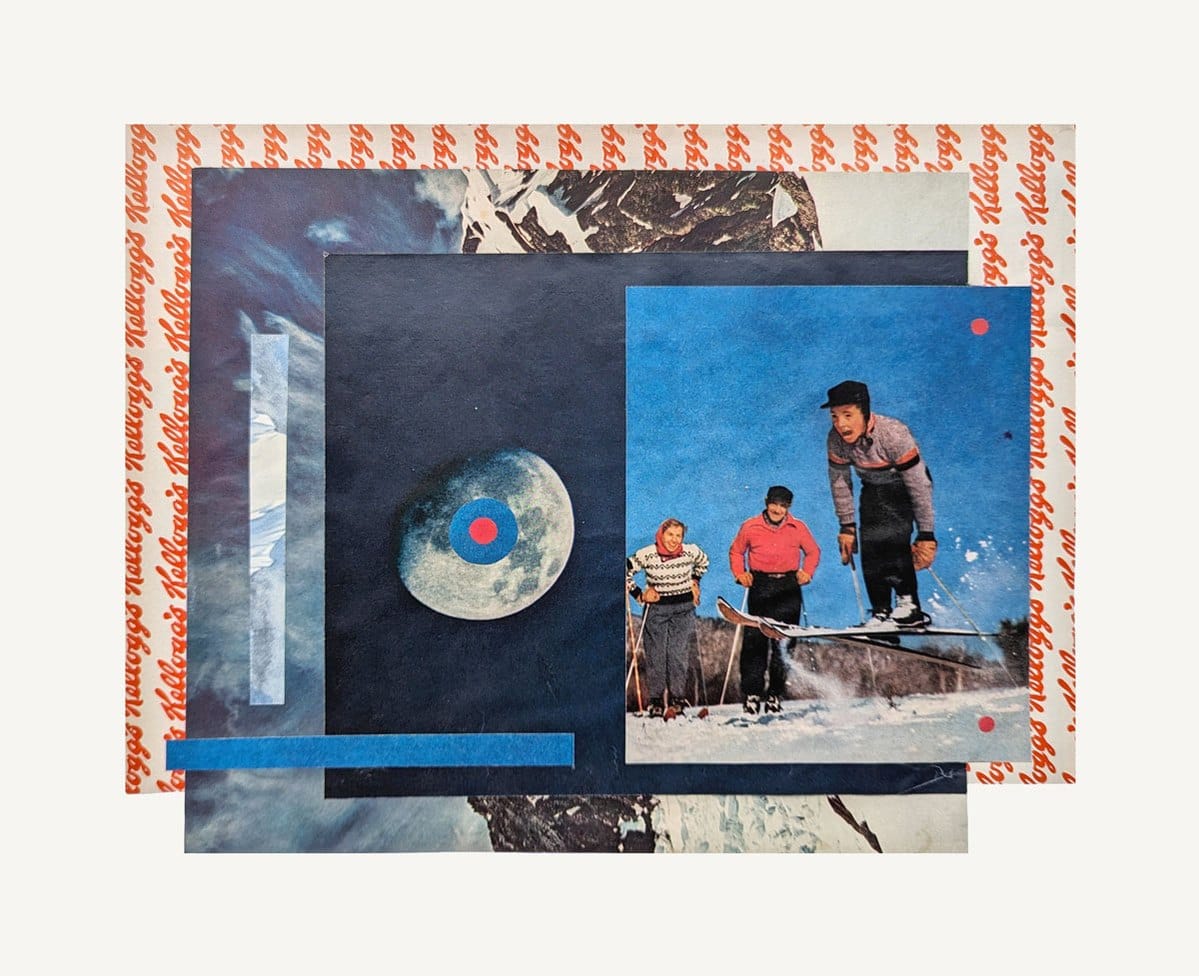
Old LIFE magazines from 50+ years ago? Now we're talking. To me these present as eerie, nostalgic, and futuristic all at the same time. Not sure if that makes complete sense but I can't get enough of them. The way they come together is really striking!
I won't take up too much more of your time but since we're (sorta) talking about the future…
Throughout this series we've been asking what the next 5-10 years of design look like. You might be in the best position to answer out of anybody. Do you incorporate AI into your classes at all? Have students submitted AI-aided projects without permission? The feedback so far is that it's used as a tool, but technology is largely driven by the younger generations. I'm curious if you've seen students adapt to AI easily or use it differently than professionals do at this early stage.
In regards to the feelings you get when you look at my collage, that's an excellent interpretation and I love that you feel all of those things! That's intentional! Thanks for the compliment.
Because I generally stick to hands-on physical mediums, I don't have to worry about AI in my classroom. Last year, I showed my students what AI was capable of doing in the art realm, but I haven't pursued it more than those conversations. I want them to know that exploration is fundamental to making art, no matter the medium. The biggest lesson I can teach my students is to adapt by using tools, old and new, to make works that make them (or others) feel something.
To answer your question about where I may see myself in 5-10 years, I'd have to say I hope I'm still teaching! I'm thankful to God for the ability to have a tiny impact at a great school. It really is incredibly fulfilling work.
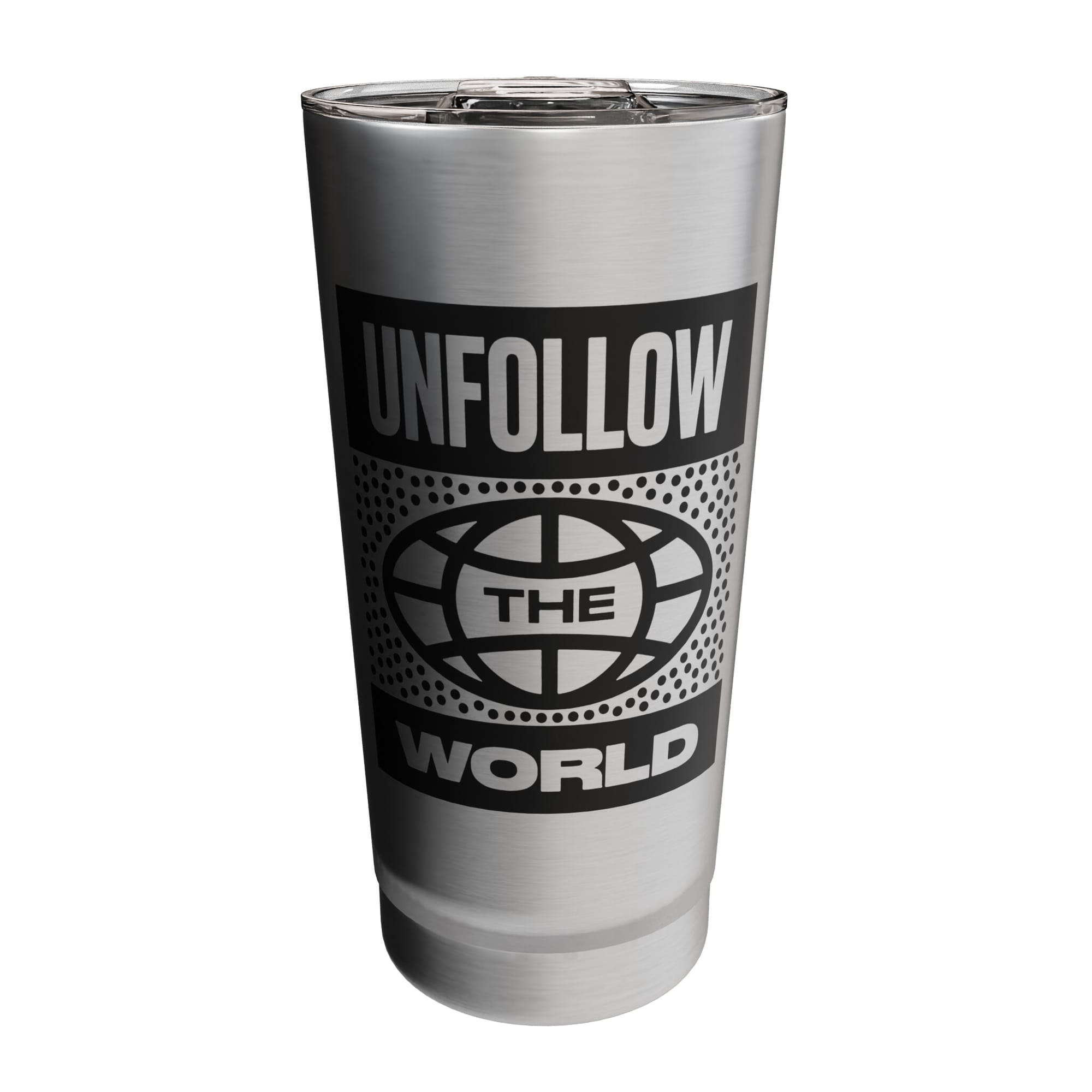
Love the way you view this. As exploration. Couldn't have said it better myself.
Okay final question and then you're dismissed (sorry, not sorry). With your focus not being affected by AI as much as others, do you foresee a different source of inspiration for future art projects? I'm assuming you don't have access to a never-ending supply of old LIFE magazines. Any anticipation about your collage style changing or shifting to new material? We always love hearing the speculation about what's coming next in the industry, so it feels like the perfect way to wrap up.
Wow! I love this question and I honestly can say I haven't really thought of "what comes next" after my Life magazine resources are depleted. I still very much believe in using a printed medium. There is a richness to printed things that adds a special amount of story in my work. The tangible will always hold more value than anything digital in my personal opinion. I'm all for style changing or evolving, but I will definitely be continuing to use magazines and photos. I'd like to believe that whatever path my art takes, it will continue to delight, inspire, and spark curiosity.
Cheers, Joel! Thanks for having me and for your thoughtful questions!
Thanks so much Ben. This was fun!

